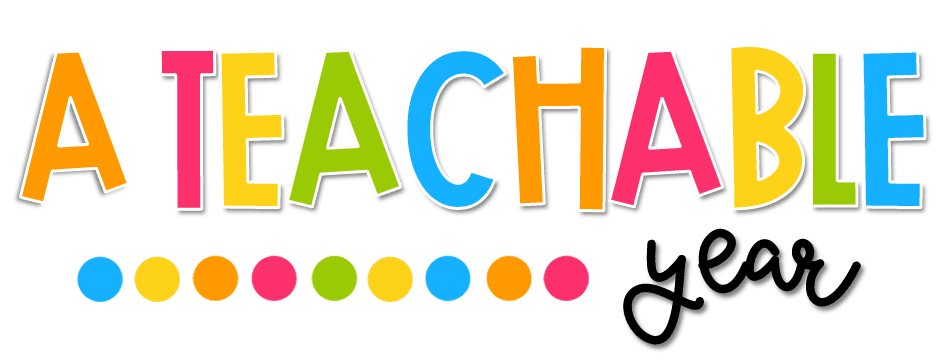Understanding Hibernation
Hibernation refers to a state of deep sleep or dormancy that some animals enter during the winter months to conserve energy and survive harsh conditions.
Hibernation refers to a state of deep sleep or dormancy that some animals enter during the winter months to conserve energy and survive harsh conditions.
Language Skills and Activities
Vocabulary Enrichment:
Introduce hibernation-related vocabulary such as dormant, burrow, den, adaptation, torpor, and specific animals that hibernate. Utilize visuals, flashcards, or labeling exercises to reinforce vocabulary.
Reading and Comprehension:
Select articles, stories, or non-fiction texts about hibernating animals, their behaviors, adaptations, and the science behind hibernation. Conduct reading sessions followed by discussions or comprehension tasks.
Writing Tasks:
Encourage students to write descriptive essays, reports, or stories about hibernation. They can imagine themselves as hibernating animals, narrating their experiences. This exercise nurtures language skills and creative expression.
Scientific Insights
Animal Adaptations:
Explore the adaptations that hibernating animals possess to survive during dormancy. Discuss physiological changes, metabolic rates, and strategies for food storage.
Environmental Factors:
Discuss the environmental factors that trigger hibernation and how seasonal changes impact animals' behaviors. Explore the geographical distribution of hibernating animals.
Interactive Activities
Hibernation Dioramas:
Engage students in creating dioramas or models showcasing hibernating animals in their habitats. Encourage creativity in depicting burrows, dens, or natural settings.
Role-Playing:
Organize role-playing activities where students act out scenarios of animals preparing for hibernation or emerging from hibernation. This interactive exercise encourages language practice and creativity.
Organize role-playing activities where students act out scenarios of animals preparing for hibernation or emerging from hibernation. This interactive exercise encourages language practice and creativity.
Reflective Discussions
Nature's Strategies:
Initiate discussions on the advantages and challenges of hibernation for animals. Encourage students to brainstorm ways humans might benefit from similar strategies.
Environmental Conservation:
Discuss the importance of preserving habitats for hibernating animals. Encourage students to consider how human activities impact animals' abilities to hibernate.
Teaching about hibernation in ESL classes offers a captivating exploration of nature's wonders, animal behaviors, and the significance of adaptation. By integrating language exercises, scientific insights, interactive activities, and reflective discussions, educators can create an engaging lesson that not only enhances language skills but also fosters an appreciation for the natural world.
As we learn about hibernation, let us inspire students to marvel at nature's adaptations, nurture curiosity about the animal kingdom, and cultivate a sense of responsibility towards preserving habitats for wildlife.




No comments
Post a Comment
Thanks for your comment!